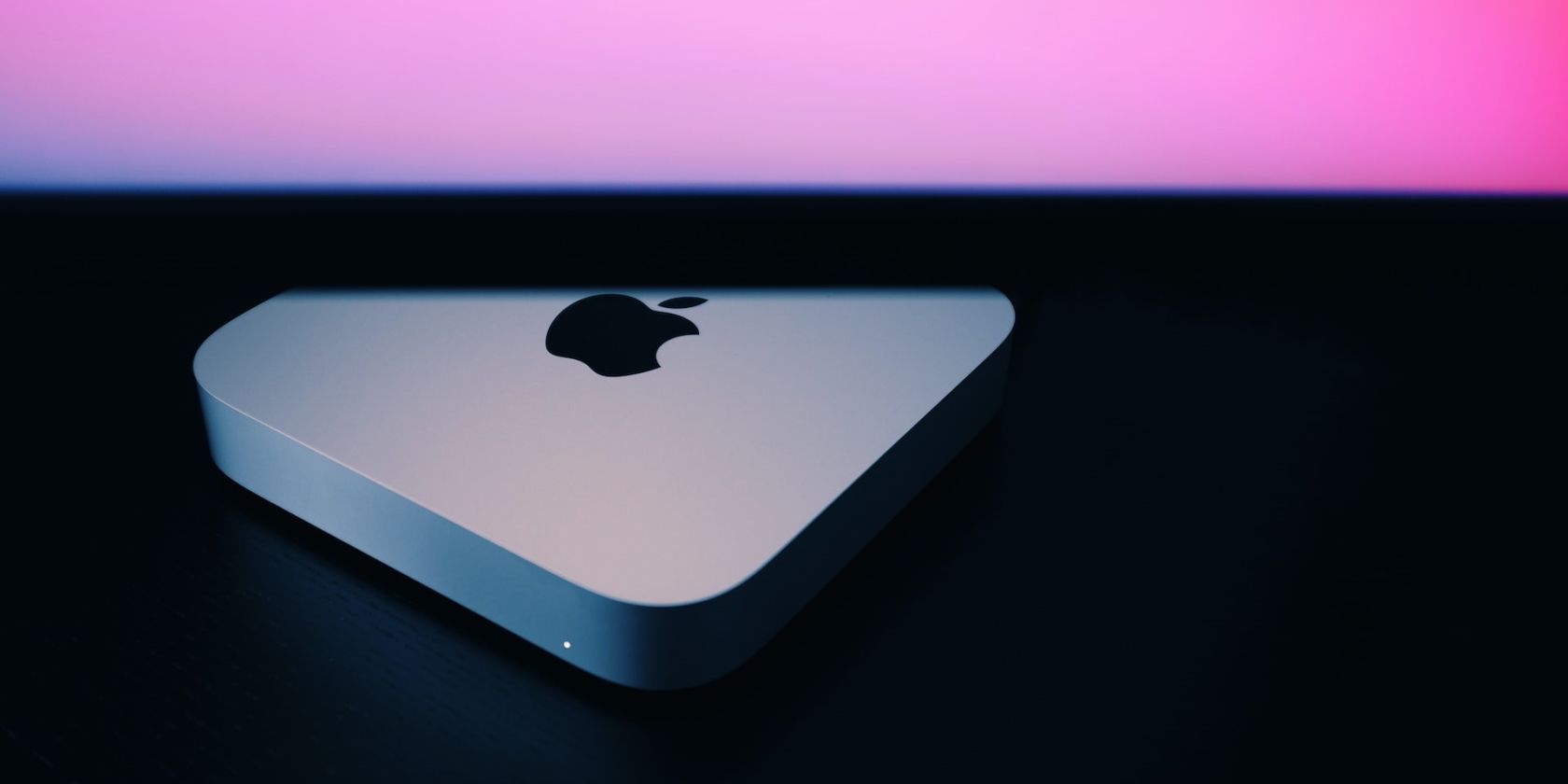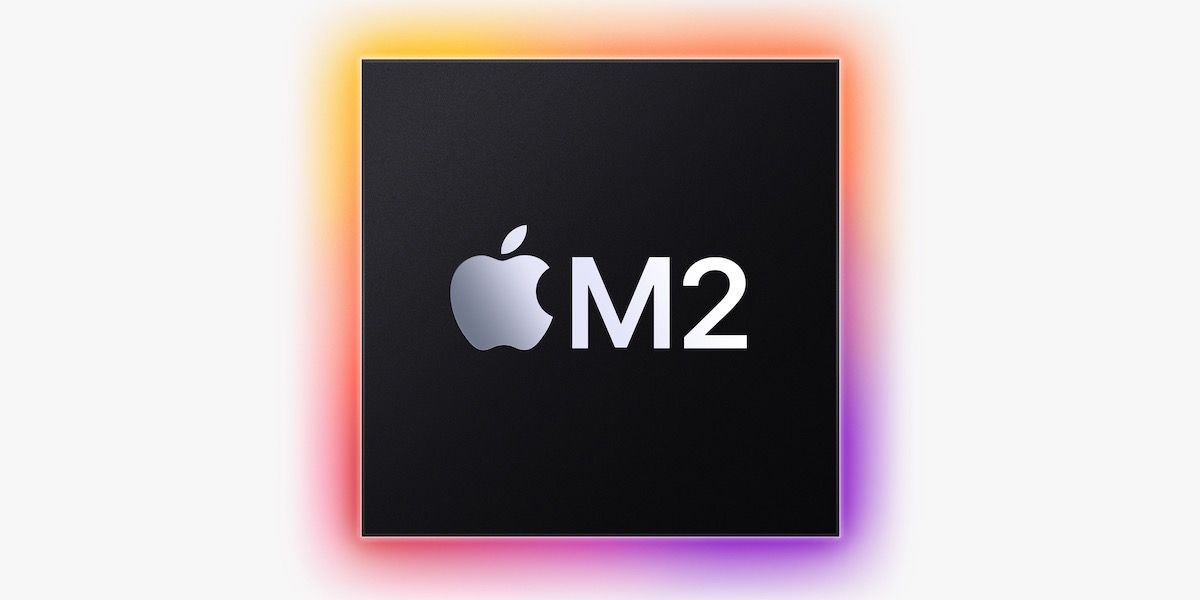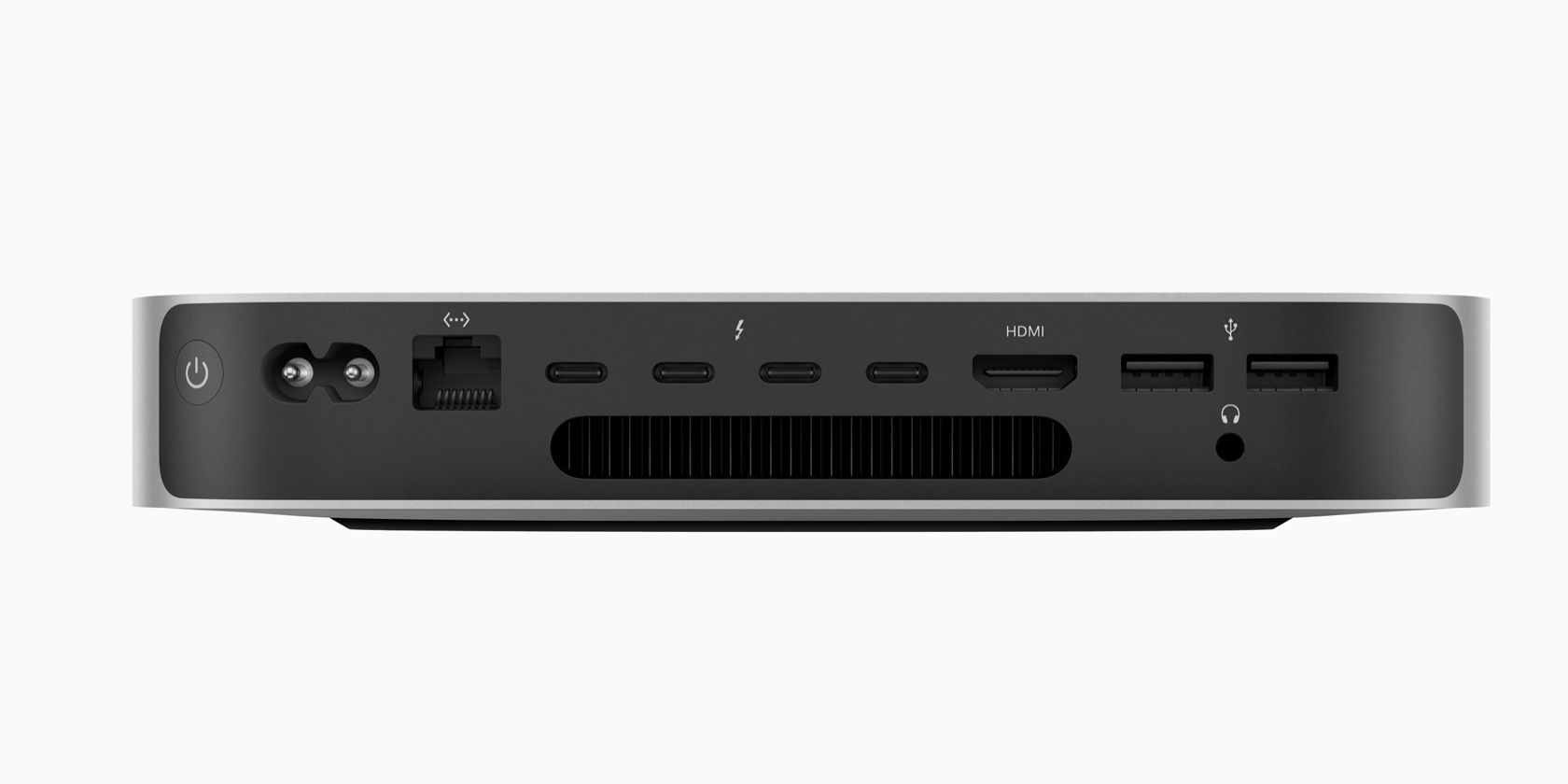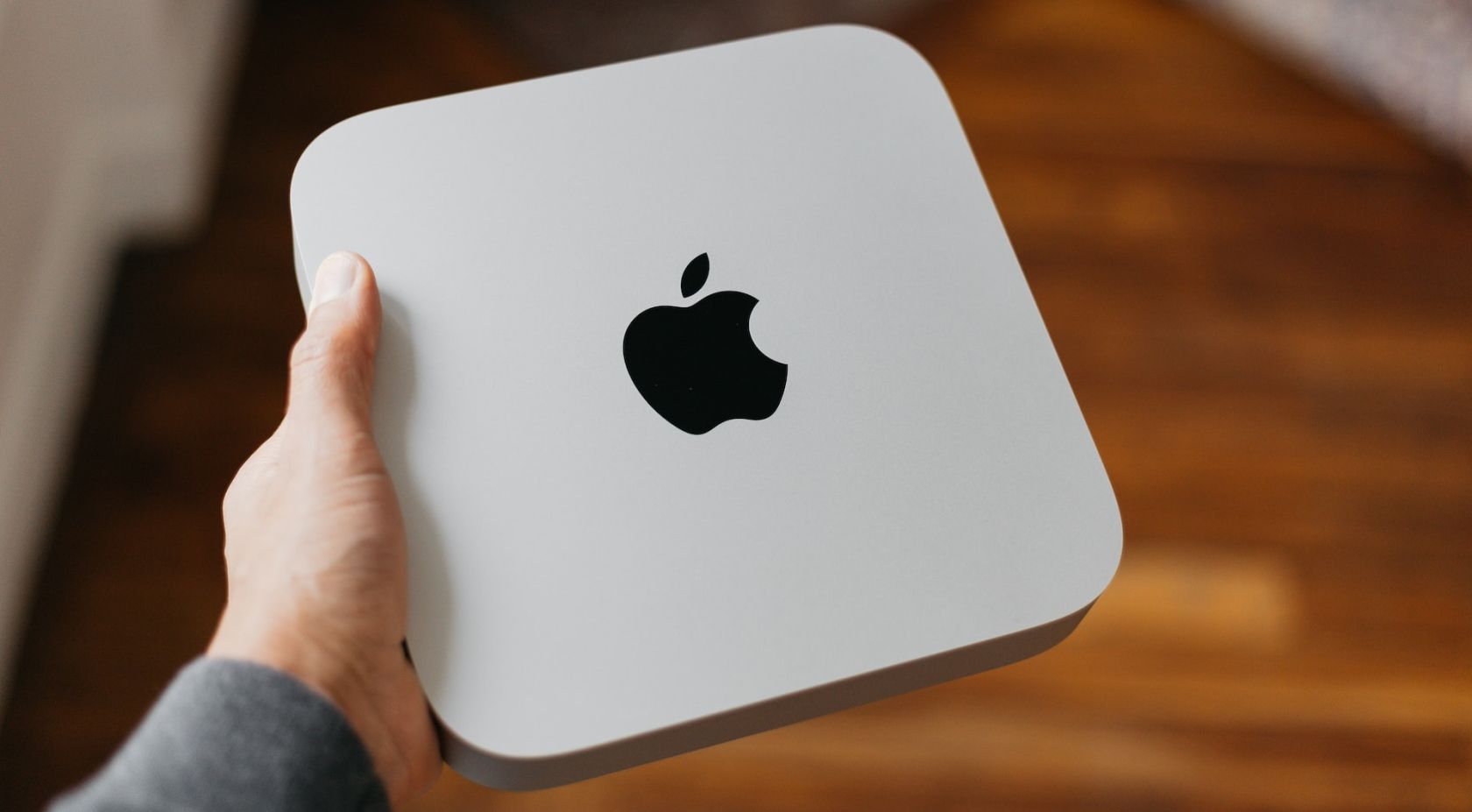Apple started its transition from Intel to Apple silicon in late 2020. The Mac mini was among the first in the Mac lineup to receive the first taste of Apple's custom chips. The Mac mini has also been known for its value and performance, with the switch to an M-series chip making the machine even more attractive.
So, if you're in the market for a new Mac mini, should you spend extra on an Apple silicon-powered model or save money and get an older Intel-based unit? We'll help you decide.
Performance
Intel-based Mac mini models offered impressive performance for their size and price back in the day. But this performance came with overheating issues. Due to its compact form factor, the Intel Mac mini could work at its peak speed for only a few seconds before throttling. Additionally, whenever the machine was subjected to a heavy workload, the fan spun at full speed, making it sound like it would take off.
The Apple silicon Mac mini variants solved these issues for good. The M2 Mac mini is significantly more powerful than Intel Macs while offering world-class efficiency. Apple claims the M2 Mac mini delivers 22x faster machine learning in Pixelmator Pro and up to 9.8x faster complex timeline rendering in Final Cut Pro than the Intel Core i7 Mac mini. With the M2 Pro Mac mini, the performance difference is even bigger.
Irrespective of whether you get the M2 or M2 Pro Mac mini, you are bound to see a significant performance boost, depending on your workflow. Even day-to-day tasks like boot times, installing new updates, and app opening times are considerably faster on Apple silicon Macs.
And the best part? Unlike its Intel predecessors, the Apple silicon-powered Mac mini models do not suffer from overheating issues. Since they're incredibly power efficient, you won't hear the fan inside it spinning regardless of the load you put on the machine. The Mac mini has several use cases thanks to its compact form factor.
macOS Compatibility
When the Apple silicon-powered Macs first launched, Apple promised to continue supporting its Intel-based Macs for the next few years. While the company did not provide any exact timeframe, Mac mini models with Intel CPUs should continue to receive macOS updates for the foreseeable future. But their software support pales in comparison to Apple silicon Macs.
Many features in recent macOS releases rely heavily on the Neural Engine, which is unavailable on Intel-based Macs. This means you miss out on features like Live Text, Portrait mode in FaceTime, on-device keyboard dictation, Siri text-to-speech, and more. It's safe to assume this feature gap between Intel and Apple silicon Mac mini models will keep expanding with future macOS releases.
Third-party app support was a concern for Apple silicon Mac mini when it first launched in late 2020. However, developers have quickly transitioned to the new architecture, with almost all popular apps now offering a native Apple silicon build. Even better, nearly all apps have gained a performance boost from this transition.
External Display Support
The 2018 Intel Mac mini, which Apple sold until early 2023, can power up to three 4K external displays. It also shipped with four Thunderbolt 3 ports. In comparison, the M2 Mac mini can power two displays simultaneously, including a 6K monitor.
Two external monitors should be more than enough for most users, but if you want to use three displays, you will have to get the more expensive M2 Pro Mac mini.
Another point to consider is that the entry-level M2 Mac mini features only two Thunderbolt 4 ports. So, if you want more ports for connecting additional accessories, you must go for the M2 Pro variant, which packs four Thunderbolt ports.
Upgradability
This is an area where the Intel Mac mini trumps the Apple silicon Mac mini. Macs have never been known for their upgradability, but the Intel Mac mini was an outlier. If you were happy with getting your hands dirty, you could upgrade the Intel Mac mini's RAM and SSD.
This is not possible on the Apple silicon Mac mini models since it ships with soldered RAM and storage. Apple charges exorbitant rates for such upgrades, but there's no way to bypass this limitation. Your only option is to custom configure the Mac mini with the RAM and storage you need from the Apple Store.
Bootcamp Support
The Intel Mac mini is your only choice if you want to buy a portable Mac to run Windows. This is because Apple silicon Mac mini does not support Bootcamp, so it's not possible to run Windows natively on them. Of course, you can use virtualization software like Parallels to run Windows 11 on the Mac mini, but the experience won't be as good.
So, if you have a specific use case where you want the Mac mini to run Windows or need Bootcamp support, go for the Intel-based model.
Price
Despite packing more power, Apple silicon-powered Mac mini models are cheaper than what the Intel variants used to cost. The entry-level M2 Mac mini starts at $599, which offers plenty of performance to handle daily usage like browsing, chatting, and FaceTime calls. You can even do basic image and video editing on these machines without hiccups.
Apple has officially discontinued the Intel-powered Mac mini models, so you can't buy them directly from its online store. However, you can find plenty of refurbished units for sale on Amazon at steep discounts.
Irrespective of the price, you should get the Apple silicon Mac mini as it will last longer and provide a much better experience. The Mac mini is worth it compared to other Macs, thanks to its low price and excellent performance.
Apple Silicon Is the Present and Future
If you're in the market for a new Mac mini, you should definitely buy the Apple silicon-powered model. While refurbished units of the Intel Mac mini might be available for cheap, the experience won't be worth the money saved. With the M2 Mac mini, for example, you get notably better performance and longer software support, making it worth the price it commands.




